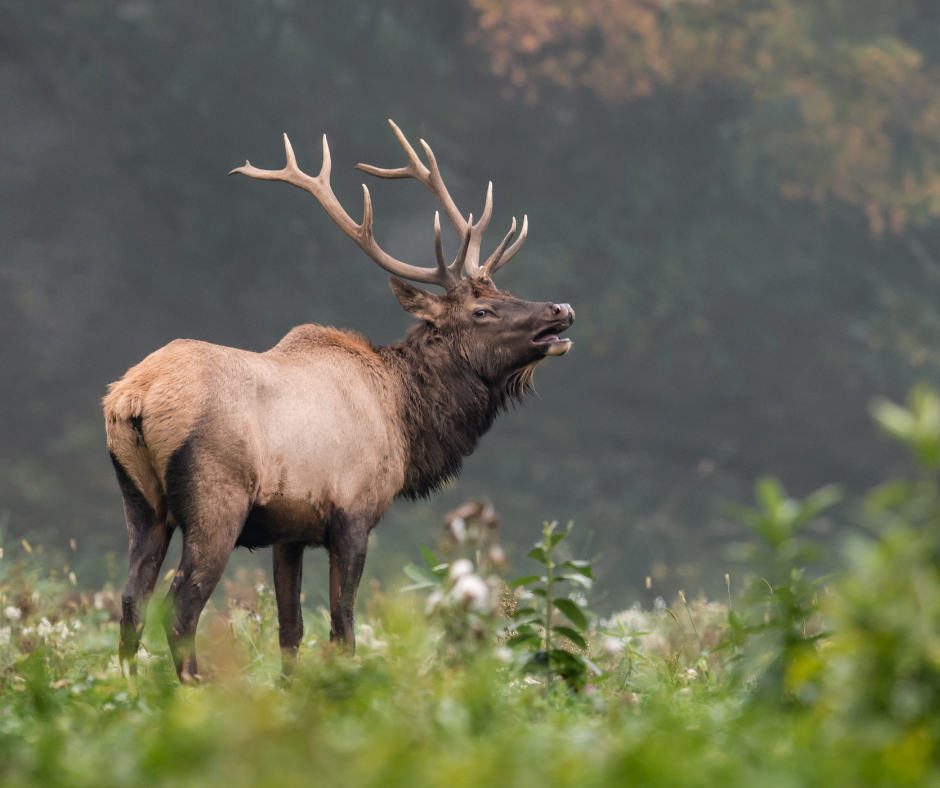The Ultimate Guide to Big Game Elk Hunting
Elk hunting is one of the most thrilling and challenging experiences for big game hunters. The pursuit of these majestic animals requires not only skill and patience but also knowledge of the best strategies, gear, and locations. If you're ready to embark on an unforgettable adventure, this guide will provide you with all the essential information you need to succeed in big game elk hunting.
1. Understanding Elk Behavior and Habitat
To be successful in elk hunting, it's crucial to understand their behavior and habitat. Elk are typically found in mountainous regions, forests, and meadows across North America, with large populations in states like Colorado, Montana, and Wyoming. They are herd animals, known for their keen senses and incredible stamina.
During the rutting season, usually from mid-September to mid-October, bull elk become highly vocal, making this the prime time for hunting. Bulls bugle to assert dominance and attract cows, and these calls can be used to locate and lure them within range.
2. Choosing the Right Hunting Gear
The right gear can make or break your elk hunting trip. Here are some essentials:
- Rifle or Bow: Depending on your preference, you'll need a reliable rifle with the appropriate caliber (such as .30-06, .300 Win Mag, or 7mm Rem Mag) or a bow with a minimum draw weight of 60 pounds for effective penetration.
- Optics: High-quality binoculars and a rangefinder are indispensable for spotting elk from a distance and accurately gauging the distance of your shot.
- Clothing: Layered clothing is essential for adapting to changing weather conditions. Opt for moisture-wicking base layers, insulated mid-layers, and waterproof outer layers in camo patterns that match the terrain.
- Boots: A sturdy, waterproof pair of boots with good ankle support is crucial for navigating rugged terrain and covering long distances.
- Backpack and Essentials: A hunting backpack should include a hydration system, first-aid kit, knife, game bags, GPS, and a survival kit.
3. Scouting and Locating Elk
Pre-season scouting is one of the most critical aspects of elk hunting. Understanding where elk are likely to be at different times of the day can dramatically increase your chances of success.
- Study Topography Maps: Use topographic maps and online tools like Google Earth to identify potential feeding areas, bedding spots, water sources, and travel routes.
- Trail Cameras: Setting up trail cameras in strategic locations can provide valuable insights into elk movement patterns.
- On-the-Ground Scouting: Spend time in the field before the season starts to look for signs like tracks, droppings, rubs, and wallows. Early morning and late evening are the best times to spot elk.
4. Elk Hunting Techniques
There are several techniques that hunters use to pursue elk:
- Spot and Stalk: This involves spotting elk from a distance, usually with binoculars or a spotting scope, and then stalking them until you're within a comfortable shooting range.
- Calling: Using bugles and cow calls to attract bull elk is particularly effective during the rut. Mastering different elk calls can help you lure bulls in close.
- Ambush: Setting up near known elk travel routes, feeding areas, or watering holes can be an effective strategy, especially if you've done your scouting homework.
5. Shot Placement and Ethics
Ethical shot placement is vital in big game elk hunting to ensure a quick and humane kill. For elk, the most effective shot is the broadside or slightly quartering-away shot aimed at the heart-lung area just behind the front shoulder. Avoid taking risky shots that could wound the animal without a kill.
6. Field Dressing and Meat Care
Elk are large animals, and properly field dressing them is a skill in itself. Here are the steps:
- Field Dressing: Start by gutting the elk as soon as possible to cool the meat and prevent spoilage.
- Quartering: Once gutted, quarter the elk to make transportation easier. If you're deep in the backcountry, consider deboning the meat to reduce weight.
- Meat Care: Keep the meat clean, cool, and dry. Game bags are essential for protecting the meat from dirt and insects.
7. Preparing for the Hunt: Physical Fitness and Mental Toughness
Elk hunting is physically demanding. It's not uncommon to cover miles of rugged terrain at high altitudes, often carrying heavy packs. Here’s how you can prepare:
- Cardiovascular Training: Activities like hiking, running, or cycling can build the stamina needed for long days in the field.
- Strength Training: Focus on leg strength, core stability, and overall endurance.
- Mental Preparation: Elk hunting often involves long hours of hiking, waiting, and strategizing. Patience and a positive mindset are crucial.
8. Legal Considerations and Safety
Always familiarize yourself with the hunting regulations for the area you're planning to hunt. This includes understanding the elk hunting seasons, tag requirements, and any restrictions on weapons or methods. Safety should be your top priority: always hunt with a partner when possible, let someone know your location, and carry a reliable communication device.
Conclusion
Big game elk hunting is not just about the harvest; it's about the entire experience—the challenge of the hunt, the connection with nature, and the memories made along the way. With the right preparation, gear, and mindset, you can turn your elk hunting adventure into a successful and rewarding experience. Whether you're a seasoned hunter or a beginner, the thrill of chasing these magnificent creatures through wild landscapes is something you'll never forget.
Happy hunting, and may your elk hunting adventures be safe, ethical, and successful!
